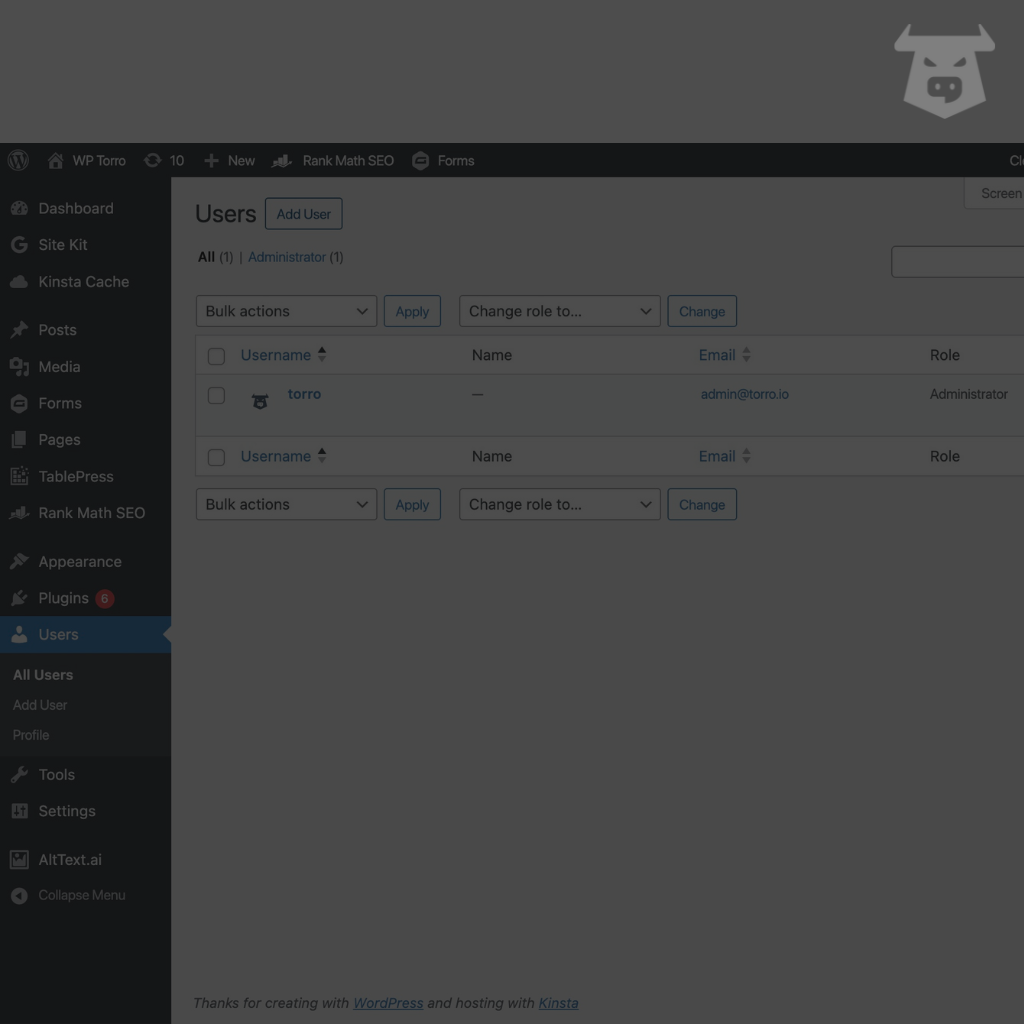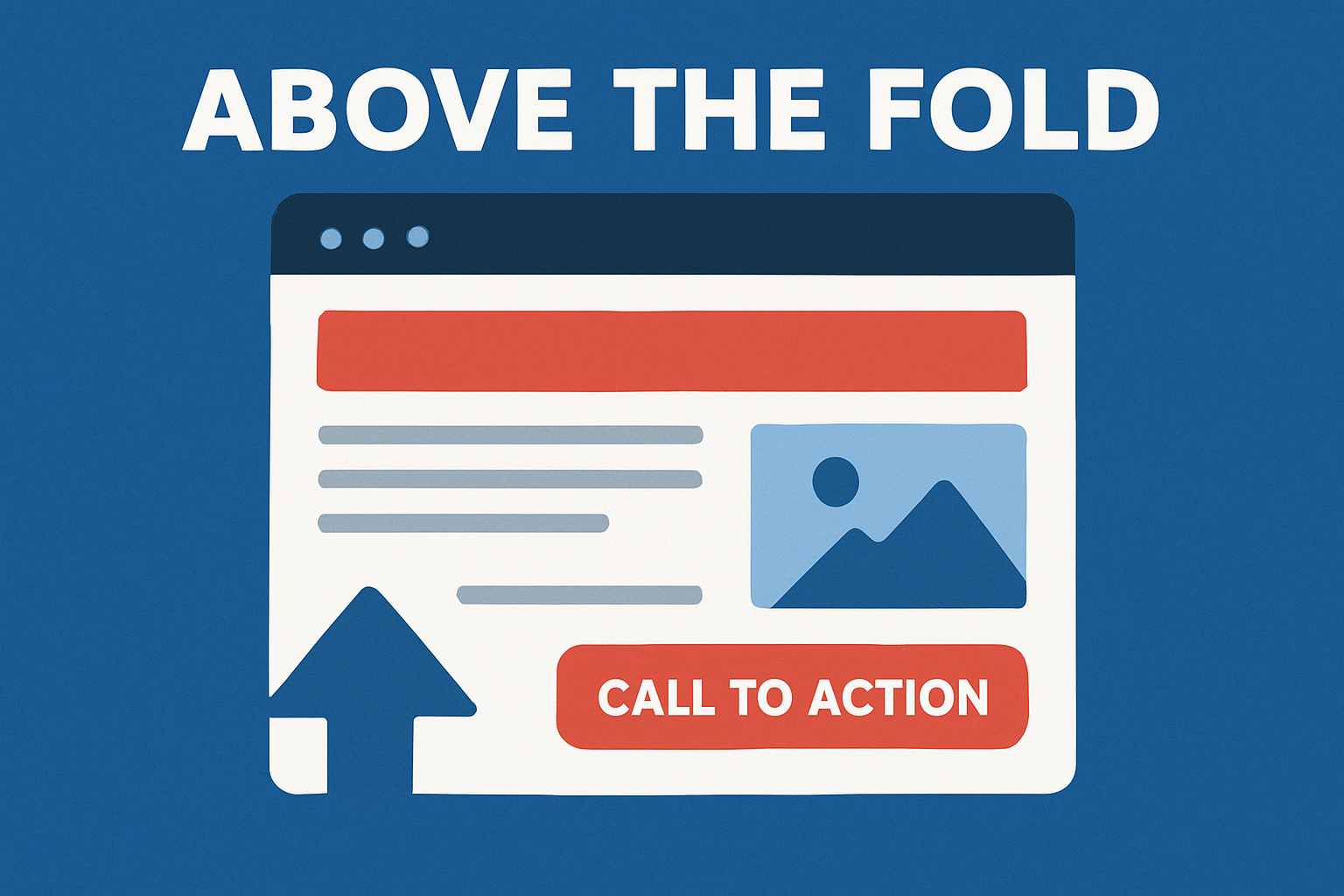Balancing Creativity and SEO in Web Design: Unlocking the Perfect Symbiosis
At Torro, we understand the pivotal role that balancing creativity and SEO plays in web design. In this article, we will delve into the intricate dance between artistic expression and search engine optimization, guiding you through the nuances of achieving a harmonious equilibrium.
Key Takeaways:
- Harmonizing creative design and SEO is crucial for a successful website that both captivates users and ranks high on search engines.
- Strategic use of keywords, optimized images, and responsive design are fundamental to achieving the delicate balance between creativity and SEO.
- Regularly assess and adapt your web design strategies to stay ahead in the ever-evolving landscape of digital marketing.
The Conundrum of Creativity and SEO
Web design is an art form, a canvas where creativity can flourish, capturing the essence of a brand and engaging visitors. However, the beautiful tapestry of creativity must seamlessly intertwine with the technical requirements of SEO to ensure a website's visibility on search engines.

1. Strategic Keyword Integration
Artistry meets Strategy
Begin by conducting thorough keyword research to understand the language your target audience uses. Integrate these keywords naturally into your content, headings, and meta tags. This strategic approach ensures that your creative content aligns with the search intent of your audience, enhancing both user experience and SEO.
Helpful Resource: Google Keyword Planner
2. Optimized Images for Visual Appeal and SEO
Pixels with Purpose
Visual elements are the soul of web design, but they can also impact page load times. Optimize images by compressing them without compromising quality. Additionally, utilize descriptive file names and alt tags, providing search engines with context and enhancing accessibility. This ensures that your creative visuals contribute positively to SEO.
Helpful Resource: TinyPNG

3. Responsive Design for User-Centric Experience
Design Beyond Devices
In the era of diverse devices, a responsive design is non-negotiable. Google prioritizes mobile-friendly websites, making it imperative to craft designs that adapt seamlessly to various screen sizes. Prioritize a user-centric approach in your creative designs, ensuring that they not only look stunning but also function impeccably on all devices.
Helpful Resource: Google Mobile-Friendly Test
4. Content Hierarchy and Readability
Elegance in Simplicity
While crafting creative content, maintain a clear hierarchy. Break content into digestible sections with descriptive headings. This not only enhances user readability but also helps search engines understand the structure of your content, contributing to improved rankings.
Helpful Resource: Readability Test Tool
Frequently Asked Questions (FAQs)
How do I choose the right keywords for my creative content?
Start with an in-depth understanding of your target audience. Leverage tools like Google Keyword Planner to identify relevant keywords that align with your brand and resonate with your audience.
Can creativity and SEO coexist in visual elements like images and videos?
Absolutely. Optimize images by compressing them using tools like TinyPNG, and ensure videos are accompanied by descriptive text. This enhances user experience while providing search engines with valuable context.
Is responsive design only important for mobile SEO?
No, responsive design is crucial for both mobile and desktop SEO. Google prioritizes mobile-friendly websites, but a responsive design enhances user experience across all devices.
How can I maintain a balance between creativity and content hierarchy?
Prioritize a clear content hierarchy by using descriptive headings. This ensures that your creative content is not only visually appealing but also structured in a way that search engines can easily interpret.
Why is readability important for SEO?
Readability is crucial for user engagement. Search engines consider user behavior. Content that is easy to read and understand is more likely to keep visitors on your site, positively impacting SEO.
In Conclusion
Balancing creativity and SEO in web design is not a compromise but a strategic partnership. By strategically integrating keywords, optimizing visuals, embracing responsive design, and maintaining content hierarchy, your website can both captivate audiences and climb the ranks on search engines. Regularly reassess your strategies to stay at the forefront of the dynamic digital landscape.
Remember, the art of web design lies in creating an immersive and aesthetically pleasing experience while respecting the algorithmic criteria that guide search engine rankings. It's not just about being seen; it's about being seen beautifully.




